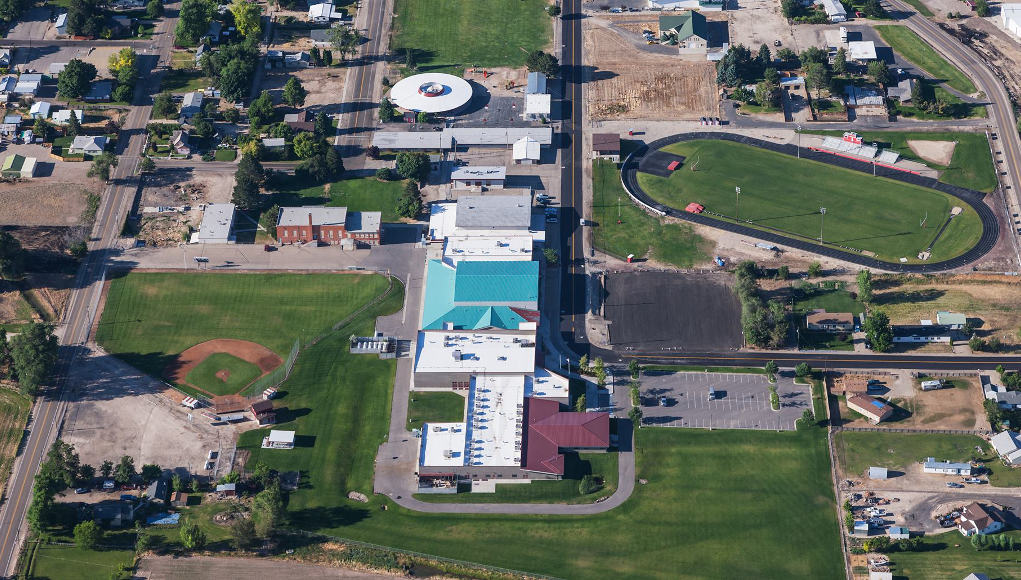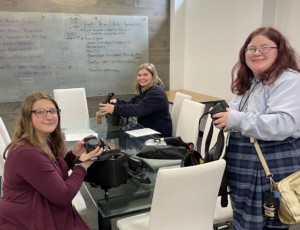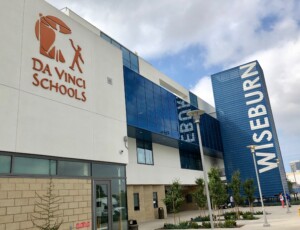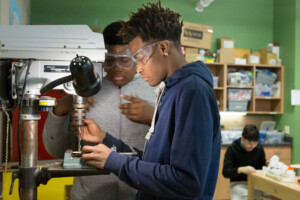Closing the Last Mile of Career Opportunity in Rural America

Like many parents, I felt my fair share of anxiety as my daughter inched closer to finishing high school. What career path would she choose? Would she stay close to home or move elsewhere? Was college in her future or would she choose a career/technical path? How would she make that delicate transition?
There was an added wrinkle—and a sense of double duty—since I currently serve as the superintendent of the school district that my daughter attended. But as the leader of a rural district in a small farming community, the questions my family grappled with were similar to those our neighbors and families throughout the district and across the state may face.
Rural School Challenges (and Opportunities)
Schools in rural America face unique challenges. Nationally, one in 10 students attends a school in a remote or fringe district. In many parts of the country, rural schools struggle to access the same quality and quantity of digital resources as their urban and suburban peers. Small school districts struggle to muster the same buying power as larger, better-funded districts. Partnerships with employers and community groups are available, but not nearly as abundant.
But with these challenges comes an opportunity to ignite innovative changes. Connecting rural students to digital learning and support can unlock opportunities that would otherwise be unavailable due to geography. Make no mistake, there’s no substitute for great teaching, high academic standards and great school leaders. But as a rural district leader, I have become a firm believer in the power of putting technology into the hands of students.
While we tend to think about education innovation as something that takes place in big-city school districts and on college campuses, the opportunity to innovate is felt deeply in America’s rural communities.
For example, take my own school district in Melba, Idaho. Five years ago, despite one of the highest graduation rates in Idaho, only 32% of our students were attending college. But simply checking the box on high school graduation would not get them where they needed to be. By 2018, 61% of jobs in Idaho will require education or training beyond high school, but only one-third of the state’s residents are qualified to fill those positions. The question has become: how do we connect our graduates with a well-paying job after high school?
As any high school administrator can attest, encouraging students to explore and select a career path is already a tall order. For students in Melba, there is an additional challenge posed by living in a rural area. How can we connect students with opportunities that broaden their career and educational options? For our district and many others, technology has played a crucial role in closing the last-mile divide between geography and career opportunity.
Our District’s Solution
We engaged early on with the Idaho PTECH Network, which since 2014 has helped Idaho high school students complete dual credit for college and explore career pathways in high-growth, high-demand industries in Idaho. To reach rural districts, PTECH partners with InsideTrack to provide executive-style coaching to students to help reinforce student success in the program.
The coaches help students develop critical skills, such as time management, self-discipline, self-advocacy and decision-making. The one-to-one approach—delivered through phone calls, email, text messaging, mobile app and other technologies—enables each student to explore their interests and strengths and recognize the vast career opportunities available to them.
Without technology, accessing this type of coaching would have been a serious challenge for students in the far-flung districts of Idaho. But PTECH and InsideTrack are already making this support available in 18 Idaho schools statewide, circumventing some of the challenges that education professionals face in reaching students. Using remote coaching, our school district has been able to support students, regardless of location.
The Results
What results have we seen? Students are now receiving college credit for high school work. They can access career and educational opportunities throughout the state, and have a trained coach to help them through that process.
As both a parent and an educator, the results have been tremendous. I had no idea that my daughter was interested in computer programming. She didn’t know either—until she enrolled in PTECH as a sophomore. Through the support of her PTECH coach, she’s now majoring in Degree, Gaming, Interactive Media and Mobile Technology at Boise State University, and is creating apps, software, and games for education.
In addition to the expanded opportunities that coaching has provided, students build productive and lasting connections with their coaches. After my daughter learned she received a scholarship to Boise State University, the first person she called to share the good news—after her proud mom and dad, of course—was her PTECH coach, Hayley.
I’ve seen firsthand that geography doesn’t have to determine destiny—and for any student, especially those in rural districts, the possibilities are endless.
For more, see:
- Closing the Opportunity Gap at Cross County High School
- Online Learning as a Viable Option For Building Real Time Skills
- Busting the Zip Code Curse with Blended Learning
Andrew Grover is Superintendent of Melba School District. Follow them on Facebook.
Stay in-the-know with all things EdTech and innovations in learning by signing up to receive the weekly Smart Update.







0 Comments
Leave a Comment
Your email address will not be published. All fields are required.